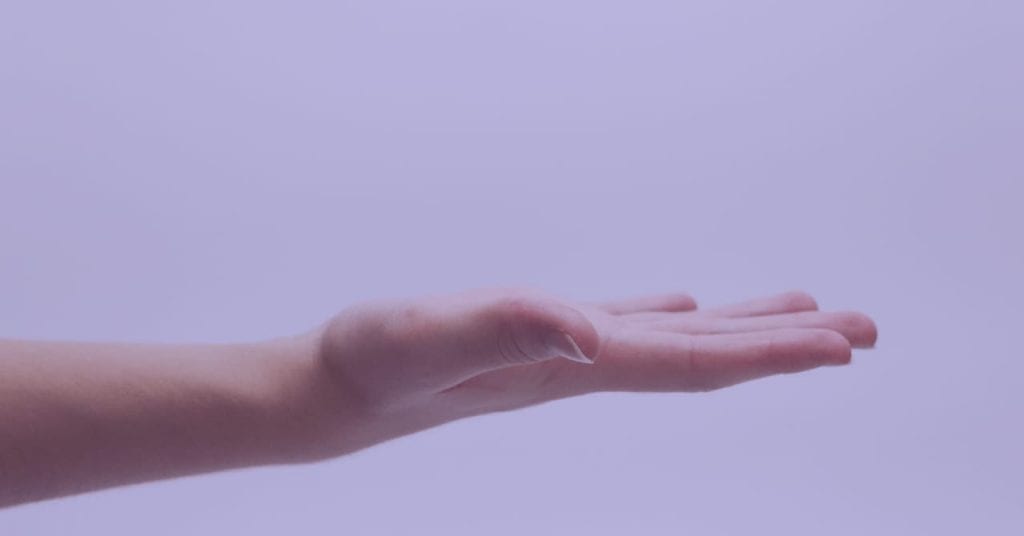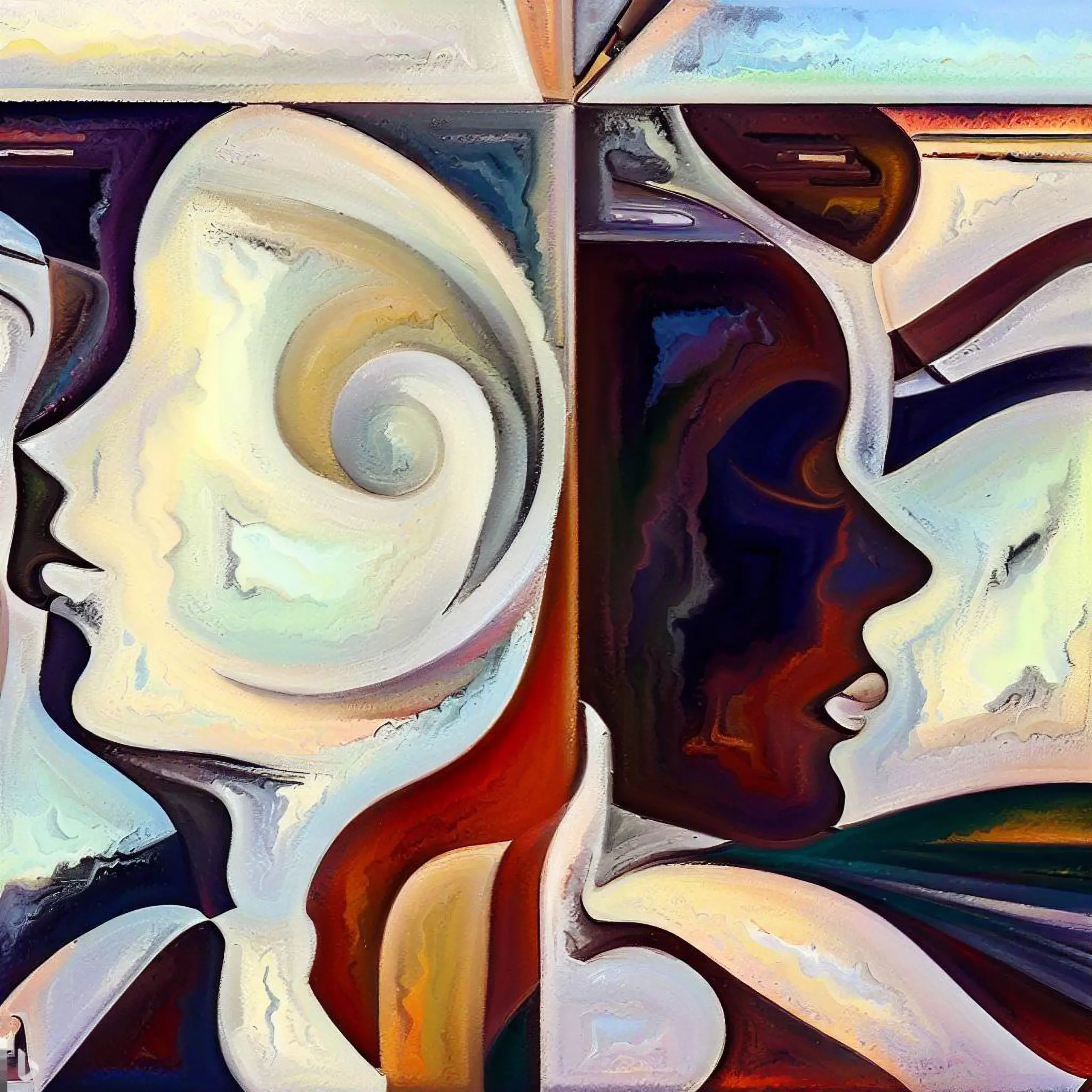-
The Top 10 Human Behavior Research Courses

Below, we’ve set out the top 10 universities in the USA for studying human behavior. Using the three most acclaimed and accredited university ranking lists (from QS, ARWU, and THE) we have created a weighted listing that uses rankings of a variety of courses that look at human behavior.
-
What Can Emotion Research Teach Us About Coping With Crises?

What we know about human emotion and behavior in times of stress or uncertainty. The importance of communication & social psychology.
-
Facial Expression Analysis: The Complete Pocket Guide

Facial expression analysis can test the impact of content, product, or service that is supposed to elicit emotional arousal in the face.
-
Top 11 Eye Tracking Hardware Companies (Ranked)

Below we have presented a ranking of the top eye tracking companies, ordered by the number of publications found through Google Scholar.
-
Galvanic Skin Response (GSR): The Complete Pocket Guide

To understand how GSR works, take a quick step back and have a look at the physiological characteristics of the largest organ of the human body – the skin.Our skin functions as the principal interface between organism and environment.
-
Using Respiration in Your Research

Respiratory rate may be generally thought of as the number of breaths we take per minute. When we breathe, air is inhaled into the lungs, where oxygen is filtered out and made available to the blood vessels. At the same time, the lungs filter carbon dioxide from the blood, which is removed from the body…
-
What Is The Subconscious Mind?

It’s not uncommon to hear about conscious and unconscious types of actions when scientists talk about the brain. As a result, most of us are familiar with the idea that our behavior is less rational than we believe to be.
-
The iMotions Screen-Based Eye Tracking Module [Explained]
![The iMotions Screen-Based Eye Tracking Module [Explained]](https://imotions.com/wp-content/uploads/2022/09/iMotions-software-module-1024x576-1.jpg)
In this blog we go though everything you need to know about the iMotions Screen-based eye tracking module and what you can use it for.
-
What is Researcher Bias? (And How to Defeat it)

Researcher bias is what emerges from these errors – when scientists, intentionally or unintentionally, mislead the research they carry out.
-
The International Affective Picture System [Explained and Alternatives]
![The International Affective Picture System [Explained and Alternatives]](https://imotions.com/wp-content/uploads/2022/09/Blank-photo-header-1024x576-1.jpg)
The collection of 700 pictures was over ten years in the making. Image number 420: “woman at beach”. Image number 701: “basket”. Image number 310: “a burn victim”. The list goes on. Despite how it sounds, these aren’t the photographs from a journalistic art project, but material for psychological research.

